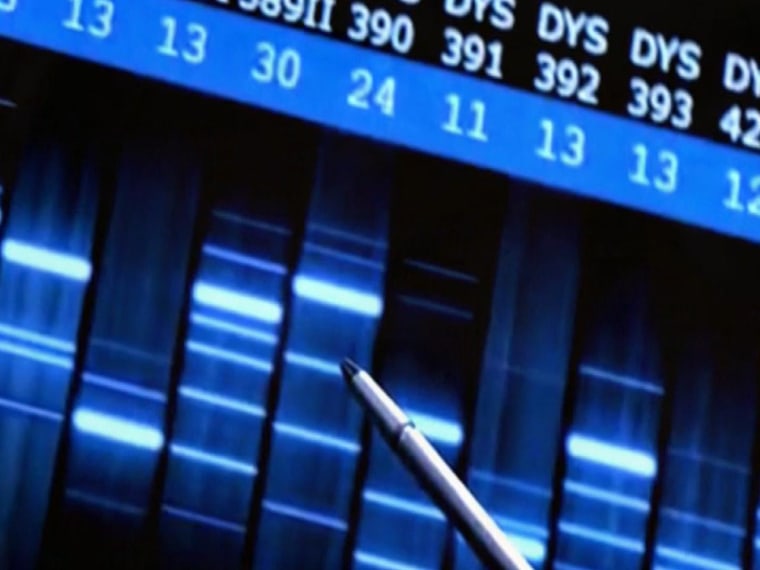Scientists have used DNA to reconstruct what a 7,000-year-old European and a 4,000-year-old Greenlander looked like, and now a genetic testing company is trying to do something similar for our more recent ancestors.
AncestryDNA isn't digging up your dead relatives' bones or hair. Instead, the company is creating "DNA Circles" of distantly related people who are all searching for their roots, and using the shared DNA data to reconstruct the traits of their most recent common ancestors.
The Utah-based commercial venture, which is the genetic analysis subsidiary of the Ancestry.com genealogical database company, officially rolled out DNA Circles on Tuesday. But thanks to a beta program, it's already set up more than 150,000 DNA Circles, based on an analysis of more than 500,000 DNA samples and Ancestry.com's 60 million family trees.
"The whole thing all together is the culmination of several different independent scientific efforts," Catherine Ball, AncestryDNA's vice president of genomics and bioinformatics, told NBC News.
As a proof of principle, AncestryDNA analyzed the DNA signatures from more than 30 descendants of a man named David Speegle, who lived in Alabama in the early 1800s. Speegle was married twice, and had 26 children with his two wives. The fact that he had an unusually high number of descendants made it easier to reassemble segments of shared genetic code.
"We've already learned some interesting facts about David Speegle and his spouses Winifred and Nancy," Ball said in Tuesday's news release. "For example; we've identified pieces of the genome that indicate David Speegle or his spouses had a gene attributed to a higher likelihood of male pattern baldness. And David apparently passed along a gene needed for blue eyes."
Researchers were able to assemble about half of a human genome's worth of genetic code for Speegle and his spouses, and Ball said 12 percent of the genome could be attributed to Speegle in particular.
Genetics plus genealogy
Ball explained that the process of creating the DNA Circles begins by looking for shared DNA. "We ignore at first glance what people have asserted in the family tree," she told NBC News. Once characteristic snippets of DNA are found, the database analysis program looks for shared ancestors in family trees. The genetic and the genealogical data are then combined to group cousins together, even if the connection isn't obvious from the genetic or the genealogical record alone.
Traditionally, genetic genealogy focuses on the Y chromosome, which is passed down exclusively from fathers to sons, or on mitochondrial DNA, which is passed down from a mother to her children. The DNA Circle method looks at markers across the entire genome — which means people can be linked as relatives even if they're not connected through the all-paternal or all-maternal line.
The fact that the system identifies traits that were probably associated with a DNA Circle's common ancestor adds a bit of spice to the search for family roots. "If you want to know what part of the family your red hair came from, this might have some utility," Ball said.
The genomic frontier
She said the results of AncestryDNA's Speegle family experiment have not yet been submitted to a scientific journal for publication, but "it is likely that we will."
Ball emphasized that DNA Circles would be used purely for genealogical purposes, and that AncestryDNA's customers would be in control of their genetic information.
"We do not broach applications that are going to compromise the integrity of the relationship with our customers," she said. "We're taking the 'big data' approach and making it personal. We're saying, 'This is relevant to you and your family, but not to anyone else.' Going forward, I think we'll see a lot more of that. That is the model that everyone wants to use for personal genomics."
